News
Congratulations to the Judith McKenzie fellows!

We are pleased to welcome three outstanding early-career researchers, recipients of the 2025 Judith McKenzie Visiting Early Career Researcher Fellowship. Their diverse projects in geoscience bring valuable perspectives to our academic community.
How trace elements are recycled in the deep sea

Trace metals such as iron or zinc that are stored in deep-sea sediments are lost forever to phytoplankton on the ocean surface. This is what geochemists believed for a long time about the cycle of micronutrients in seawater. Now, researchers at ETH Zurich have discovered that this is not the case.
Why seismic waves spontaneously race inside the earth

A spectacular breakthrough in geoscience shows that our planet is in motion even at a depth of 3000 kilometres.
Were large soda lakes the cradle of life?
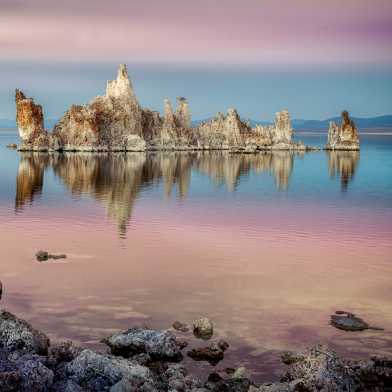
Life needs sufficient phosphorus. However, the element is scarce, not only today but also at the time of the origin of life. So where was there sufficient phosphorus four billion years ago for life to emerge? A team of origin-of-life researchers has an answer.
Master's degree graduation ceremony 2024
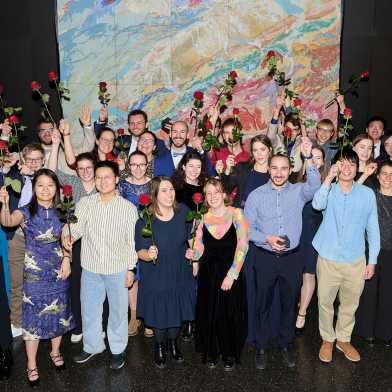
On Friday, 29 November 2024, the Department of Earth and Planetary Sciences celebrated this year's Master's degree graduation ceremony. Congratulations to our successful graduates!
ETH Zurich awards honorary doctorate to Susan Trumbore

The Department of Earth and Planetary Sciences has nominated the Director of the Max Planck Institute for Biogeochemistry, Susan Trumbore, for an honorary doctorate from ETH Zurich. She received the award on the occasion of this year's ETH Day on 16 November 2024.
Water-rich magmas are crucial for forming copper deposits
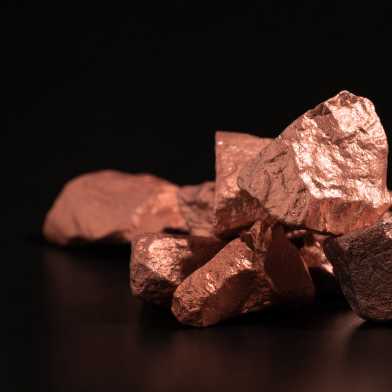
"Super-wet" magmas play a critical role in forming large deposits of copper, a metal vital for modern technologies and society's shift to green energy.
New insights into the formation of the Tibetan Plateau
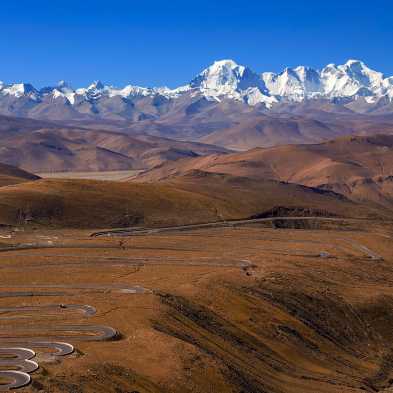
The Tibetan Plateau, known as the "Roof of the World", spans 2.5 million square kilometers with an average elevation over 4000 meters. A new study in Nature Geoscience suggests that mantle delamination of the overriding plate may explain the mysterious formation of this vast region.
When nature turns petroleum into a resource for essential metals
Base metals such as zinc (Zn) and lead (Pb) are essential elements for our economy. They are most commonly used for galvanizing protection for steel and the manufacture of batteries. Both metals are mostly mined from deposits hosted in ancient sedimentary rock formations.
Nine new professors appointed
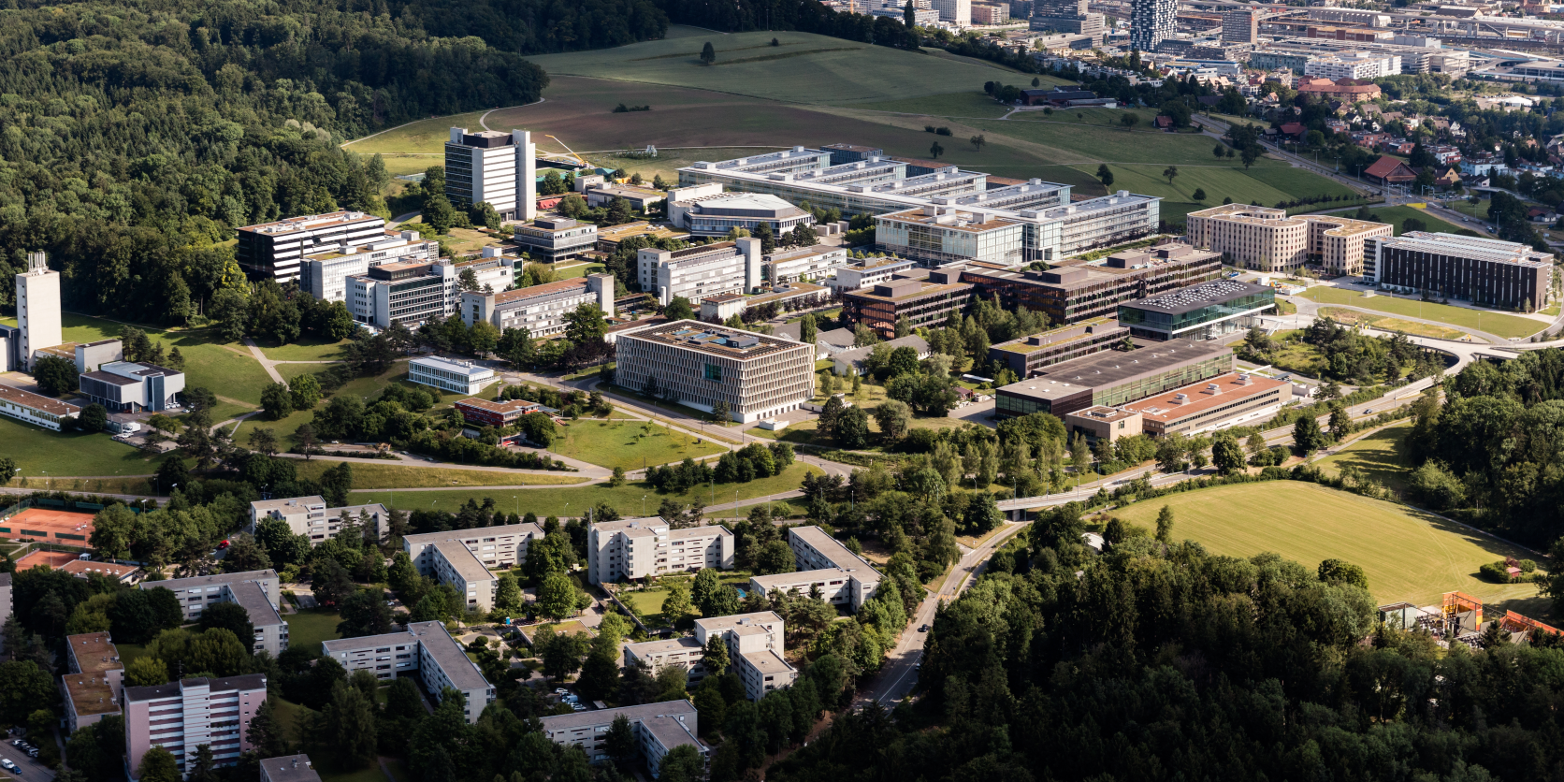
Earth sciences and chemistry, computer and materials science, nutrition and architecture: the incoming professors work in a wide range of very timely research fields. Seven ETH professors will soon leave the university.